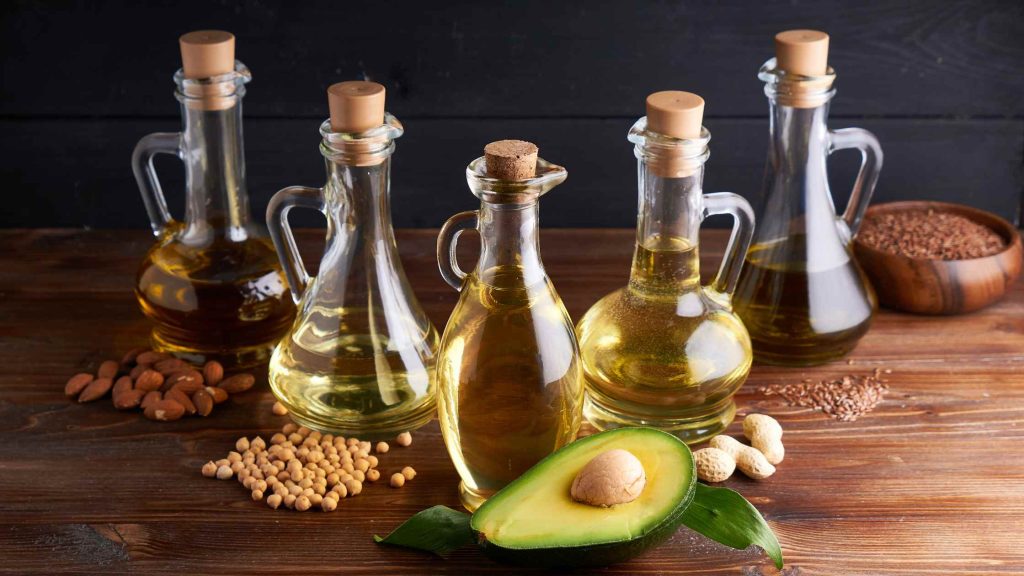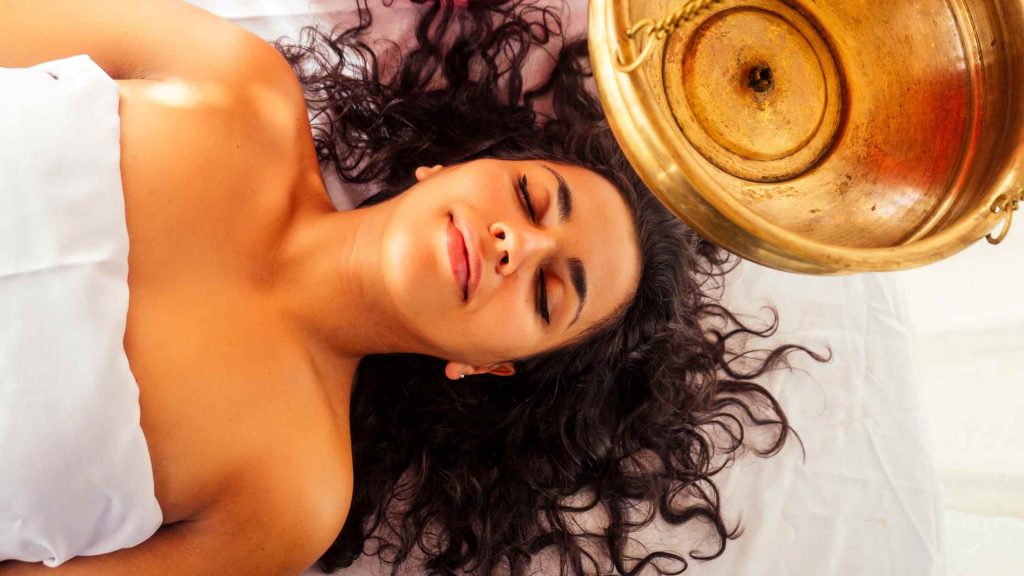In a world where burnout is the new normal and stress is part of everyday vocabulary, more people are returning to ancient wisdom to find balance. One such practice making a powerful comeback is Abhyanga—a deeply therapeutic self-massage technique that goes beyond skin deep.
Rooted in Ayurveda, this time-tested ritual involves the application of warm herbal oils across the body in a slow, methodical manner. But Abhyanga isn’t just about self-care—it’s a sacred act of nourishment that harmonizes mind, body, and spirit. Whether you’re seeking stress relief, better sleep, or radiant skin, Abhyanga offers a natural and holistic solution.
What is Abhyanga?
Abhyanga (अभ्यङ्ग) comes from Sanskrit and translates to “oil application.” Traditionally practiced daily in Ayurvedic culture, it’s more than a luxury—it’s a foundational pillar of preventive health. Oils are carefully selected based on your body type or dosha, and then gently massaged into the skin to stimulate internal healing mechanisms.
In classical Ayurvedic texts, Abhyanga is described as essential for maintaining youthfulness, energy, and immunity. It’s also a key component of Dinacharya (daily routine) and is often used during Panchakarma (detox therapy) to prepare the body for deeper cleansing.
Choosing the Right Oils Based on Your Dosha
One of the most important parts of Ayurvedic massage is selecting the right oil. Each dosha has its unique characteristics, and the oil should balance them accordingly:

Vata Dosha: Calming the Wind Element
Vata is composed of air and ether—cold, dry, light, and mobile. When Vata is out of balance, it shows up as anxiety, dryness, cracking joints, insomnia, and constipation.
Abhyanga for Vata aims to ground and warm the body.
- Recommended Oils:
- Sesame oil – deeply warming and nourishing
- Ashwagandha oil – great for strengthening the nervous system
- Bala oil – supports joint health and muscular rejuvenation
- How it helps:
These oils penetrate dry tissues, lubricate joints, calm the overactive mind, and nourish the nervous system. The warmth counteracts coldness, and the unctuousness brings moisture back into the body.Massage style: Use gentle but firm, slow strokes to instill calm and reduce nervous energy.
Pitta Dosha: Cooling the Fire Within
Pitta is made of fire and water. It governs metabolism, digestion, and intellect. An aggravated Pitta results in inflammation, anger, irritability, rashes, or even hair thinning.
Abhyanga for Pitta aims to cool, soothe, and relax the system.
- Recommended Oils:
- Coconut oil – naturally cooling and anti-inflammatory
- Brahmi oil – calms the mind and soothes skin irritations
- Sandalwood oil – enhances clarity and relieves heat-related skin issues
- How it helps:
These oils cool the body temperature, reduce internal heat, and offer emotional grounding. They also support skin clarity and reduce redness or sensitivity. - Massage style: Use moderate pressure and cool oil during warmer parts of the day or in hot climates.
Kapha Dosha: Stimulating and Invigorating
Kapha is made of water and earth—heavy, slow, stable, and oily. When in excess, Kapha causes lethargy, water retention, depression, and weight gain.
Abhyanga for Kapha is energizing and stimulating.
- Recommended Oils:
- Mustard oil – pungent and warming; great for stimulation
- Eucalyptus oil – invigorates and clears stagnation
- Triphala oil – gently detoxifies and boosts lymphatic flow
- How it helps:
These oils help break stagnation, remove ama (toxins), stimulate circulation, and increase motivation. They also assist in clearing the respiratory system and fluid buildup. - Massage style: Use brisk, energizing strokes—especially in the morning—to get the lymph moving and energize the body.
When to Avoid Abhyanga
While Abhyanga is generally safe for most people, there are situations when it should be avoided:
- During fever, cold, or flu
- If digestion is weak or toxins (Ama) are present in the body
- Right after meals
- During menstruation or certain skin infections
- After heavy exercise or immediately before strenuous activity
If unsure, consult with an Ayurvedic doctor before starting.
Benefits of Abhyanga
The benefits of regular Ayurvedic massage are vast and well-documented in Ayurvedic literature. Here’s how Abhyanga supports holistic well-being:
- Deeply nourishes and hydrates the skin
- Improves complexion and skin tone
- Enhances blood circulation and lymphatic drainage
- Relieves muscular stiffness and joint discomfort
- Calms the nervous system and reduces anxiety
- Improves quality of sleep
- Supports healthy digestion and detoxification
- Promotes hormonal balance and reproductive wellness
Abhyanga is not just a beauty ritual—it’s a sacred form of healing. By practicing Ayurvedic massage, you connect with your body on a deeper level and create a rhythm of self-care that aligns with nature’s wisdom. Whether you do it daily or just a few times a week, Abhyanga helps you slow down, check in, and restore balance—something we could all use more of in today’s world.
So the next time you’re feeling scattered, tired, or out of sync, remember: a little oil, a few quiet minutes, and the healing touch of your own hands might be exactly what you need.
Holistic Healing Stories at Sri Sri Ayurveda Hospital
At Sri Sri Ayurveda Hospital, we also offer online consultation support with our Ayurveda specialists to get the right guidance from the comfort of your home. Connect to our specialists and plan an individual path back to health.


